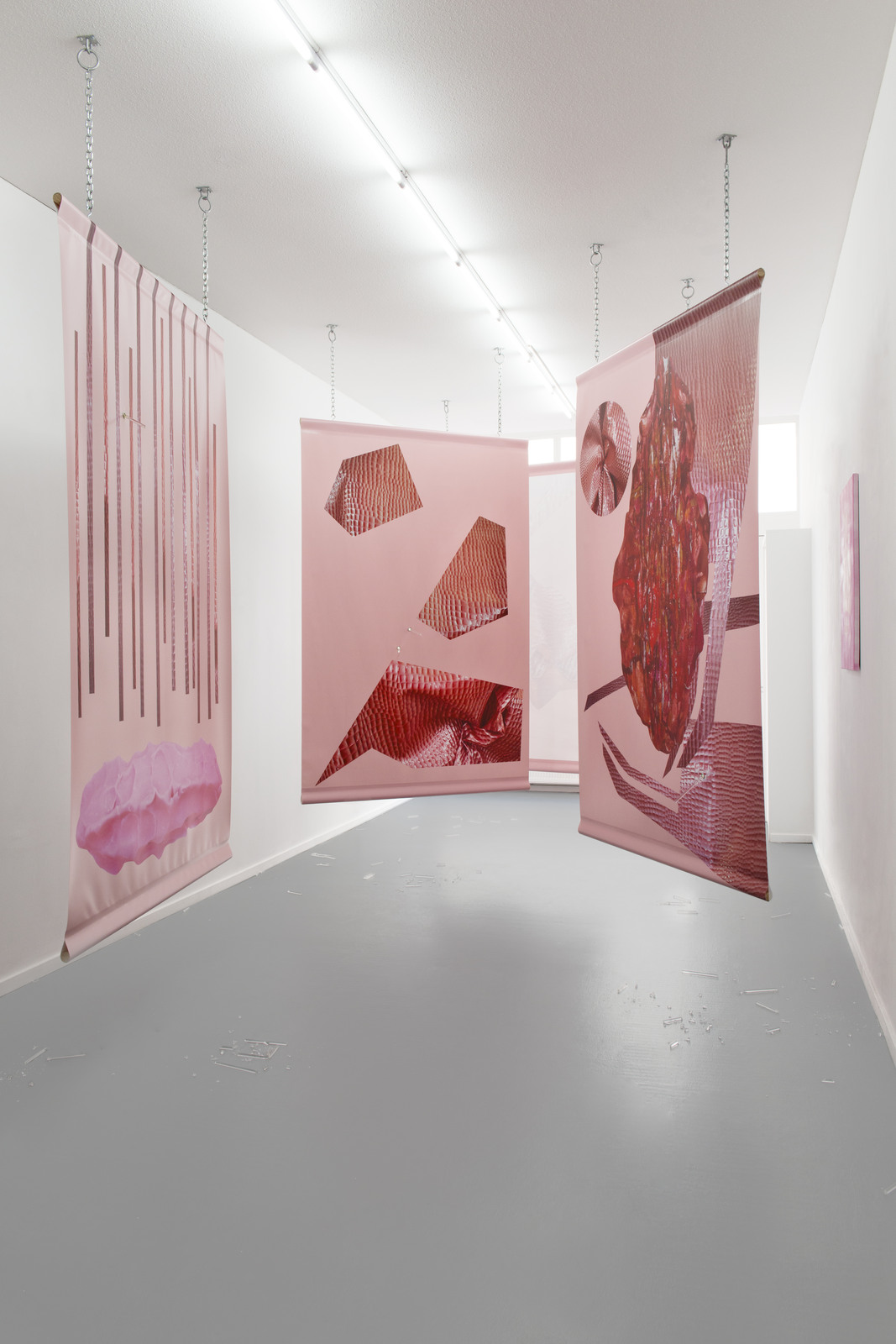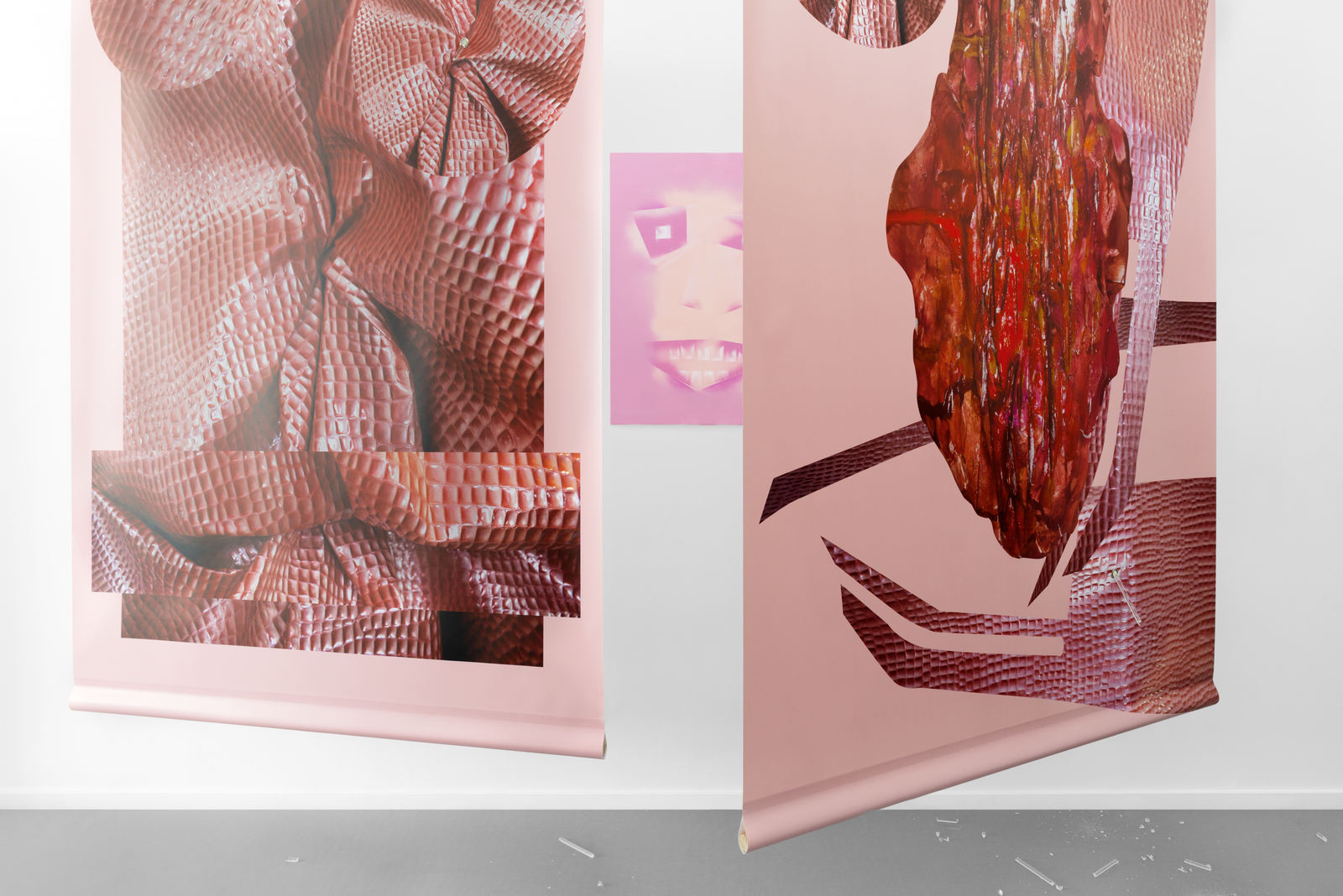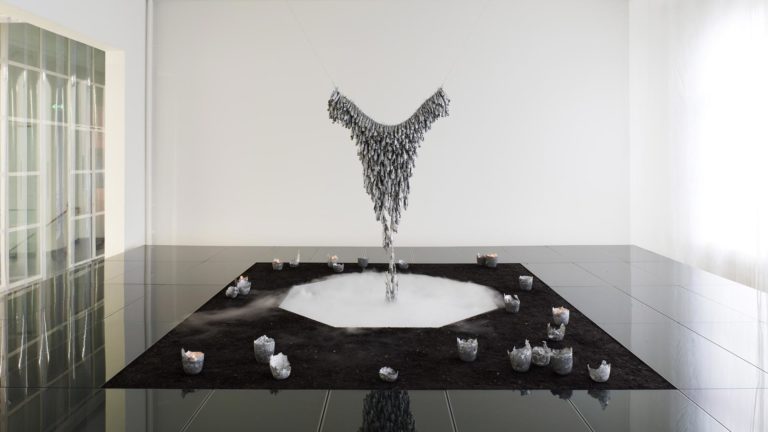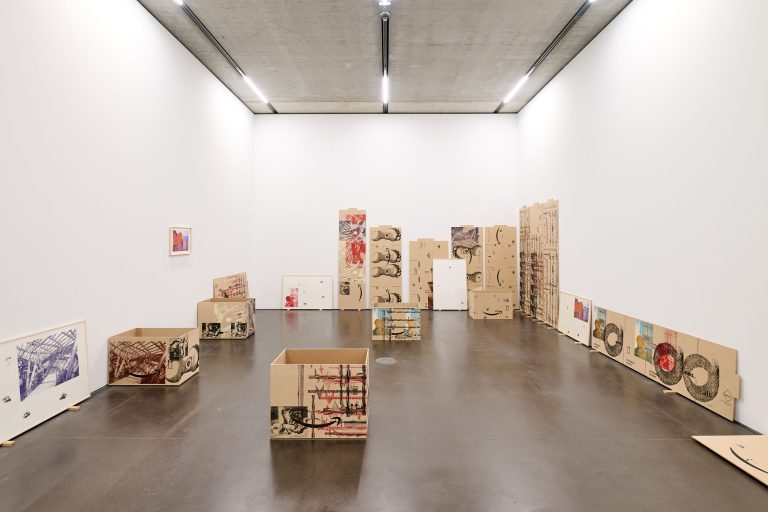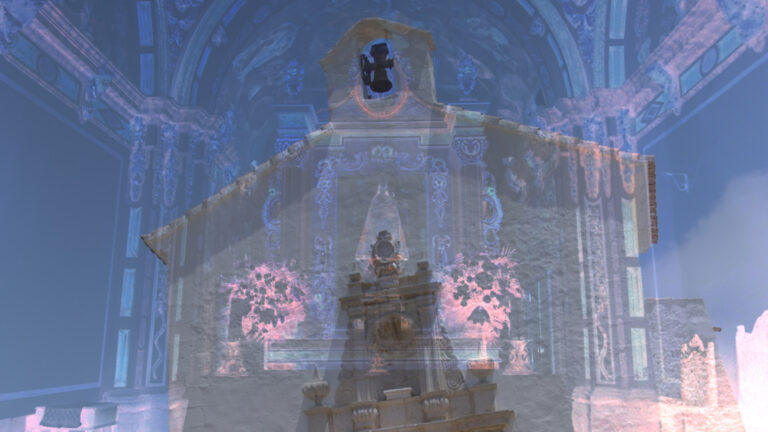Artist: Jakup Auce
Exhibition title: Explicit, Scratches and Objects
Venue: CINNNAMON, Rotterdam, The Netherlands
Date: March 22 – May 6, 2017
Photography: all images copyright and courtesy of the artist and CINNNAMON, Rotterdam
Note: work list can be found here
In search of an appearance
CINNNAMON presents Explicit, Scratches and Objects; the first solo exhibition by Jakup Auce to take place in the Netherlands. Writer and curator Yasmijn Jarram spoke to the artist about his work and his fascinations.
Those who google your name will not discover much. You were apparently born in Brooklyn, New York; your CV goes back just a few years. Who is Jakup Auce?
“For years I worked together with another person. When this collaboration came to an end, I decided to continue alone – but with a totally new identity. In doing so I wanted to start from zero again. I came up with the name Jakup Auce and subsequently googled it myself. Not a single piece of information was to be found. To me, this was a sign that it was the right choice.”
In 2014 you created as series of portraits of yourself, disguised with makeup and wigs. Where does this fascination for playing with identity come from?
“The first works that I created under my new identity were indeed self portraits. Within them, I searched for my new self, my new ‘I’. Who could Jakup Auce actually be? It was a search for a new exterior, an appearance.”
Can you make personal work if you are continuously experimenting with your own ‘persona’?
“It is unavoidable, you can’t create everything anew. By continuing as an individual artist new questions arise that require other solutions. I see my work as something very personal, but with a certain wit. I can develop this wit because of the fact that Jakup Auce is still not entirely ‘me’.”
How did you come upon the title of this exhibition?
“I chose Explicit, Scratch and Objects as title because these three words in my opinion best express the attitude that I recognise in the works that I have created for this presentation. ‘Explicit’ is a bit provocative, ‘Scratches’ refers more to the rawness and ‘Objects’ is sooner playful, seeing as the objects that I have created are actually a bit too raw to be able to exist as independent objects in their own right.”
The flesh-like colours and textures of the prints recall skin or body parts – something often recurring in your work. Why do these fascinate you?
“I leave the bodily aspect that becomes visible in my work to the viewers interpretation. They could read the work in this manner, as a sort of Rorschach-test. Indeed, the colours and structures do refer to a kind of second skin.”
How did these works come about?
“All of the works are built up digitally. I photographed three materials separately: pieces of skai (artificial leather), plaster with paint and plasticine. I then edited the resulting images in Photoshop. In order to create a large amount of light I also made use of two studio flashes.”
You consider the works to be ‘bad collages’, a reference to the ‘bad paintings’ made by Jutta Koether and other German painters in the eighties. What do you mean by ‘bad collages’?
“That they are composed very quickly and boldly; I didn’t spend hours working in Photoshop. The deliberately fast construction is because I wanted to keep that raw side to the work. I call them ‘bad collages’ because I consciously did not want to make good collages. I wanted to keep the works fragile. By regarding them as ‘bad’, I fought against perfection. Prints like these can easily depict a perfect image, quickly touching on the world of advertising and commerce.”
Are there more artists or movements that you feel a kinship with? Where do your ideas and such come from?
“I feel an affinity with all of art history and so have a broad spectrum of sources of inspiration. My ideas seem to come particularly when I am busy making notes. Putting different elements together, playing one out against the other.”
You use rather tactile materials such as imitation leather and paint, but also work digitally for a great deal. How does each relate to the other?
“I find the combination interesting. That I initially work with something tangible and then can go on to take a distance from it. I purposefully chose to build up all of the individual elements of the collages in my studio first. After that I retreated to something like an office, a pure environment. Far away from my studio.”
Your work appears rather dark sometimes, but is not devoid of humor. Do you consciously search for a combination, a balance between the two?
“I am indeed extremely interested in humor and art. This is precisely why I refer to that ‘bad attitude’. An artist like Martin Kippenberger, also one of the ‘bad painters’, is in my opinion a master of humor. Because my work has a dark side, I see humor as an important second layer.”
The works in the exhibition almost seem to get under your skin, literally and figuratively. Is there something you seek to bring about in the visitor?
“I would like to give the viewer a sensation of claustrophobia. The works are too big to fit comfortably in this space. There are also just too many to be able to view each work calmly. It will take some effort to get a good look at everything.”
English translation by Melanie Bomans
Jakup Auce (1979, Brooklyn, NY) lives and works in Brussels. He studied at the Jan van Eyck Academie in Maastricht and the École de Recherche Graphique in Brussels. Selected exhibitions: DE ELLENDE VAN JOB, trampoline, Antwerp (solo, 2016) / IT SEEMS SO LONG AGO, DASH, Kortrijk (solo, 2016) / Physical Fiction, Garage Rotterdam, Rotterdam (2016) / Lazy Boy, Nosbaum Reding Projects, Luxembourg (solo, 2015) / Zig Zag, Frederic De Goldschmidt Collection, Brussels (2015) / TRUST: Copenhagen Art Festival, Copenhagen (2015) / Anger Management, Komplot, Brussels (2015) / Opening exhibition,CINNNAMON, Rotterdam (2015) / Fell in love with the wolf, In Extenso, Clermont-Ferrand (solo, 2013).

